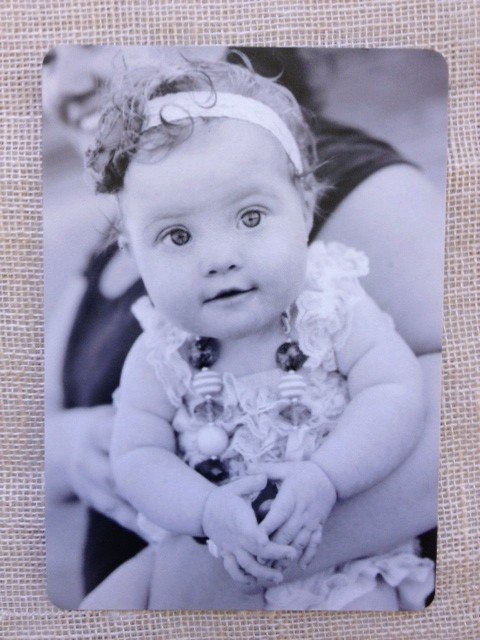October is Down Syndrome Awareness Month, the perfect time to do a little bragging about my miracle niece. The little peanut arrived by emergency C-Section and weighed in at 2 lbs. 11 oz. at birth. A later intervention for delivery would have been……disastrous. She was born with trisomy 21, but her parents didn’t know it at the time. No one did. And it didn’t matter. All that mattered was that their beautiful little girl had arrived.

She’s now a year old. She can put her legs over her head like no body’s business. She can jabber and coo and she can sit up. She isn’t walking or crawling, but she’s going to get there. She only weighs 13 lbs, but that’s just right for her. She’s doing everything on her timeline, and that’s all that matters.
Is she going to grow up and go to school? Absolutely! Will she have a job when she gets old enough? Yes. Will she have responsibilities at home? Yep. Did her parents have to learn all kinds of things about extra medical conditions and paperwork and bureaucracy attached to have a special needs child? Unfortunately, yes. But that just makes their hearts swell even larger.

Here’s what I’ve learned about Down Syndrome: {{pass it on}}
Down Syndrome Facts
- Down syndrome is the most commonly occurring chromosomal condition. 1:691 babies in the United States is born with Down syndrome.
- There are three types of Down syndrome including trisomy 21, translocation and mosaicism.
- There are more than 400,000 people living with Down syndrome in the United States.
- 6,000 babies with Down syndrome are born in the United States each year.
- The incidence of births of children with Down syndrome increases with the age of the mother. But due to higher fertility rates in younger women, 80% of children with Down syndrome are born to women under 35 years of age.
- A few of the common physical traits of Down syndrome are low muscle tone, small stature, an upward slant to the eyes, and a single deep crease across the center of the palm.
- All people with Down syndrome experience cognitive delays, but the effect is usually mild to moderate and does not indicate the many strengths and talents that each individual possesses.
TRISOMY 21 (How it Happens)
Down syndrome is usually caused by an error in cell division called “nondisjunction.” Nondisjunction results in an embryo with three copies of chromosome 21 instead of the usual two. Prior to or at conception, a pair of 21st chromosomes in either the sperm or the egg does not separate. As the embryo develops, the extra chromosome is replicated in every cell of the body. This type of Down syndrome, which accounts for 95% of cases, is called trisomy 21.

Our family feels super blessed to have a niece with Down Syndrome. It’s my hope that you learn more this month about this condition (Trisomy 21), these special children, and their wonderful caregivers. They deserve value and acceptance and could probably use a big hug, too. {{smiling}}
















Thank you for all your sweet words and helping raise Down Syndrome Awareness. That Princess is so lucky to have you.
she is adorable…
so sweet of you to post this
Only spirits that don’t need to be tried and tested in this life are born special needs. She is beautiful!
She is gorgeous! She’s so lucky to have such a wonderful loving family, and they’re lucky to have her. 😉 I’m looking forward to seeing updates on her through the years (hint, hint!). Thanks for spreading awareness on such an important issue!